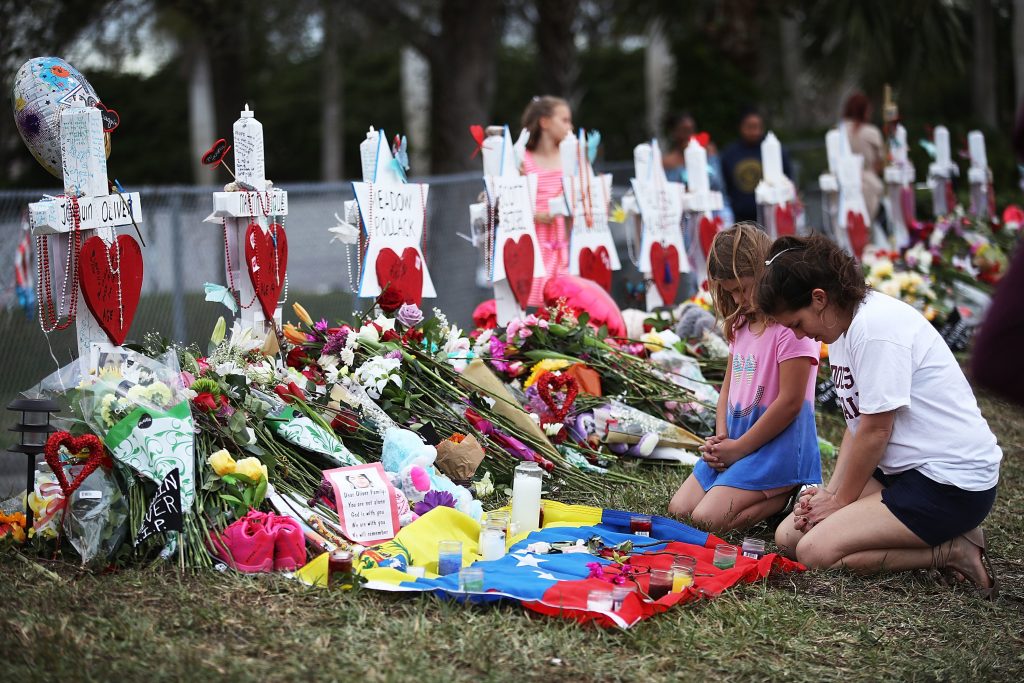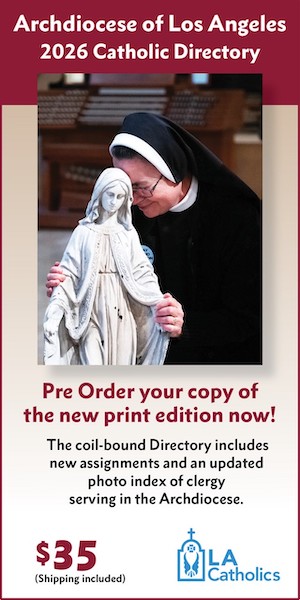In the wake of the latest mass shooting, one scholar looks for the ‘why’ in America’s gun culture and shooters’ search for fame
The lead of this feature story was going to be the disturbing statistic that 2017 was the deadliest year for mass shootings in modern U.S. history.
There were some 350 mass shootings that claimed more than 200 lives and injured 1,700 children, teenagers and adults.
Two of the worst came as the year was winding down. On Oct. 1, a 64-year-old man — firing down from the 32nd floor of the Mandalay Bay Resort and Casino at a crowd of 20,000 people gathered on the Las Vegas strip for a popular country music festival — killed 58 people and wounded more than 500. Another man walked into the First Baptist Church in Sutherland Springs, Texas, on Nov. 5 and gunned down 26 congregants.
But that’s all before Feb. 14 of 2018.
That’s when an expelled student at Marjory Stoneman Douglas High School in Parkland, Florida, a suburb of Fort Lauderdale, arrived on campus wearing a black backpack and carrying a black duffel bag.
After pulling out a semiautomatic AR-15 rifle, he started firing at fleeing students. Then he made his way inside, finding five unlocked classrooms on the first and second floors of the 3,000-student high school. The lucky ones made it inside closets. Others died under their desks, huddled together and running down hallways.
In just 10 minutes, the 19-year-old shot nearly three dozen students and teachers.
The shooter escaped by ditching his rifle, bullet-proof vest and bag of ammunition, and blending in with fleeing students. But later that afternoon police arrested him walking down a residential street. In court the next day, he was charged with 17 counts of premeditated murder and ordered held in jail without bond.
Same old, same old
The reaction after these mass shootings, whether in schools, government buildings or outdoor concerts, has become pretty standard. First there’s outrage: How could this happen here? Lawmakers — including the president, if the shooting is big enough — offer their thoughts and prayers. Flowers and crosses show up at or near the deadly site.
Then even before the victims’ funerals, pundits on cable TV argue with one another: Were there warning signs and if so why weren’t they caught and acted on? With the South Florida shooting, a front-page headline in the Los Angeles Times two days later read, “FBI didn’t follow up on shooting suspect.”
The story reported how the agency was tipped off last September with a video post on YouTube. The caption read, “I’m going to be a professional school shooter.”
Calls are made for tougher gun laws, especially against semiautomatic rifles that can be turned into machine guns. Remember the fuss over how the Las Vegas killer had used bump stock attachments? And what about the background check loophole for gun shows?
Next usually comes discussions in the media about the shooter’s mental health. Psychiatrists are interviewed about his (mass killers are almost always males) family background. Is there anything there that could trigger the mass killing? Was he a loner? Maybe even a total social misfit? Did he have relationship issues, especially with girls? What about …?
But after a few days, a week at the most, the 24-hour news cycle has to be fed with fresh meat. CNN no longer leads with the current mass shooting piece. And it’s buried more and more to back pages in national newspapers. Lawmakers stop talking about it, too.
A few congressmen may press on with gun control measures. But they’re no match for the NRA (National Rifle Association) and its hefty support to keep unrestricted firearms in the hands of Americans.
Landmark study
Still, researchers go on with their research, and many continue to find links between the availability of guns and mass violence. One such academic is Adam Lankford.
The University of Alabama associate professor of criminology and criminal justice did a landmark study comparing mass shootings in the United States with 170 other countries.
“I found that from 1966 to 2012, we had 31 percent of public mass shooters, despite having only about 4.5 percent of the world’s population,” he told Angelus News. “So that clearly shows that we have far and away more than our share, and it’s disproportional. We also have a similar over-representative share of the deadliest. Like in Las Vegas. Like at the First Baptist Church in Sutherland Springs. Like in the Orlando nightclub shooting.” (Professor Lankford was interviewed before the mass shooting at Marjory Stoneman Douglas High School.)
His findings, of course, begged the question: Why?
“I really didn’t know what the answer was going to be,” he said. “So I basically tried to test really any variable that seemed relevant that I could find for all the countries. I looked at national wealth through GDP, urbanization, sex ratios, suicide and homicide rates, firearms ownership rates and other factors.
“Our mathematical model showed the one that explained the difference in why we had more public mass shooters was the firearm ownership rate. We had five times as many mass shooters as any other country and also 200 million more firearms than any other country, including countries like China and India that have more people than us. Our firearm ownership rate was almost double the next highest country.”
And those findings held up for other nations, too. The rate of gun ownership correlated with a country’s chance of having a mass shooting, while rates of mental illness and other acts of violence didn’t.
The social scientist believes a related factor is how many Americans feel that owning guns is an inherent right guaranteed by the Second Amendment. He pointed out how, according to historians, familiarity with firearms was one of the reasons we won our independence in the Revolutionary War.
“But now, hundreds of years later, we’re seeing the modern consequences of our gun culture and gun ownership,” he said. “And when an issue gets politicized or it becomes liberal vs. conservative — or Democratic vs. Republican — I think, frankly, a lot of people’s logic flies out the window. And they align with their side rather than thinking about problem solving and individual issues.”
But Lankford said gun ownership alone doesn’t explain what makes the U.S. so antithetic when it comes to mass shootings. Cultural differences are harder to measure, but he has a good hunch about one — fame.
Researchers have found that many mass shooters readily report seeking fame by their horrific actions. And what makes them particularly dangerous is how they compete to kill the most number of victims to grab the media’s attention.
He pointed out how the Orlando nightclub shooter said the Boston Marathon bombers inspired him, and how the Columbine High School shooters were motivated by the attention Timothy McVeigh got after the Oklahoma City bombing.
The Columbine killers had bragged that movies would be made about them. In the midst of his attack, the Orlando shooter called a news station and also checked to see if he was going viral on social media.
“We know that a lot of these mass shooters seek fame, and that’s a big deal,” said Lankford.
“The sad reality is that for an ordinary person without really tremendous luck or exceptional skills, this is their only way to guarantee instant fame. And that’s why I’ve been working on getting the media to change. So I’m strongly recommending they do not mention the name of the shooter or run photos of him.
“If we eliminated those two things about how the media covers these attackers, we would deny them the fame they so often want,” he stressed.
“We would also remove their incentive to kill as many as possible. The more victims you kill, the more famous you get. So it’s a perverse set of incentives, you know, that are currently in place.”
Related reading: To the mama who said goodbye far too soon and without fair warning; Killing machines and killing procedures; National born killers; Parkland area Catholics remember the slain

